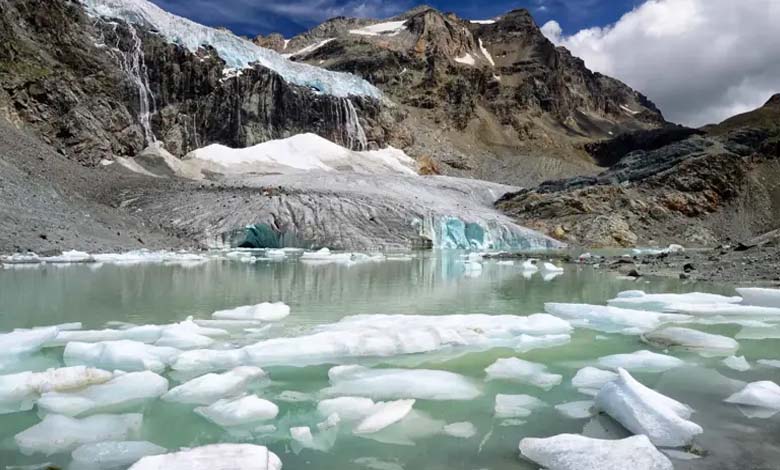Climate Change Forces Italy and Switzerland to Redraw Their Borders

Climate change has caused parts of the border between Italy and Switzerland to melt, leading the two countries to agree on redrawing it beneath the famous “Matterhorn” peak, one of Europe’s highest mountains.
-
Negative Impact of Climate Change on Poor Women and Housewives
-
How does climate change affect mothers and children worldwide?
Large sections of the border between Switzerland and Italy are defined by glacial ridges or permanent snow areas. However, melting glaciers have altered these natural boundaries, prompting both countries to work on correcting the borders.
These changes were agreed upon in 2023, and the Swiss government officially approved them toward the end of September. The agreement will be published once Italy has also approved it.
-
Climate Change Threatens Planet’s Largest Freshwater Reserves
-
Climate change endangers earth’s largest freshwater reserves
It is believed that clarifying the borders will help both countries determine which side is responsible for maintaining the defined natural areas.
The Swiss-Italian border will be altered in the areas of Plateau Rosa, Carrel Refuge, and Gôba di Rollin, all near the Matterhorn and famous ski resorts, including Zermatt.
In 2023, glaciers around Switzerland shrank by 4%, the second-largest annual loss ever recorded. In 2022, glaciers had decreased by 6%.
The melting glaciers have also revealed the bodies of climbers who lost their way in the Alps, as well as the remains of a crashed airplane.












